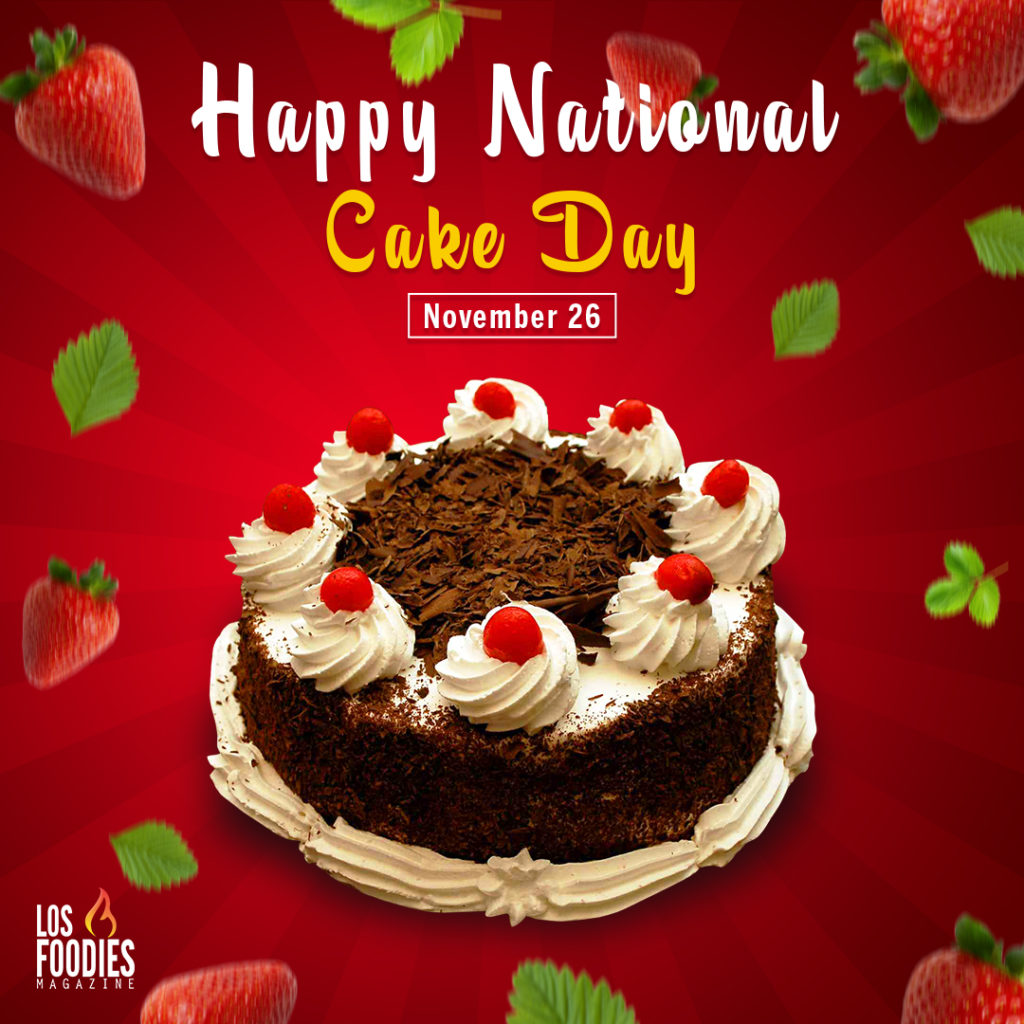If you’re a cake lover, here’s a cute little fact for you: cakes have been made in every part of the world since ancient times! And not just sweet cakes—there were also savory ones that were shaped into different things. The round shape was probably chosen because it is a perfect form for handshaking.
Who knew that just a few years ago, it was still considered a bit of a novelty for a small business to do scrolling lettering on cakes? Now it’s part of the cake decorating lexicon with increasing competition from unexpected places.
It is not possible to recognize how many. There are limitless cake recipes. Some are even bread-like, others wealthy and elaborate, and lots nonetheless are centuries old. Of Viking origin, the phrase cake is derived from Old Norse “kaka.” At that time, a cake’s texture becomes greater like gingerbread because of the supply of delicate elements.

Cakes generally incorporate a mixture of flour, sugar, eggs, butter or oil. Additionally, a few styles of liquid, which include milk or water, create a batter. A leavening agent which includes yeast or baking powder facilitates the cake rise. Flavorful elements are frequently added, for example, chopped nuts, fresh, candied or dried fruit, fruit purees, or extracts. Though we typically think about cake with frosting or icing, many desserts may be loved with simply fruit or different toppings.
The records of cake dates returned to historic times, and the primary desserts are conceptually made in Ancient Greece and Egypt. These first desserts had been instead heavy and flat and had been eaten on the giving up of a meal with nuts and honey.
Nowadays, this form of cake has advanced into baklava, a conventional Greek dessert and a must-strive for any fan of candy stickiness. In later years the historic Romans additionally created their personal model of this candy treat, which became instead creamy and rich. However, like in lots of cultures across the world, this cake became frequently reserved for the gods and became provided to them at their temples as a signal of respect, love, and reverence.
The Oxford English Dictionary strains the English phrase cake again to the thirteenth century. During the Great Depression, it became essential to offer easy, particularly reasonably-priced meals to hundreds of thousands of Americans who have been dwelling in poverty, and the boxed cake blend was born. The concept became natural gold, as hundreds of thousands of housewives everywhere in the United States took advantage of this manner to make their lives easier.
Cakes began getting used to rejoice birthdays in nineteenth-century Western Europe and finally earned their candles on top. But desserts also are a satisfying addition to loads of different food and functions, from an easy own circle of relatives dessert to a big catered party. Whether chocolate or black forest, angel meals or the pineapple upside-down version, quite a lot of people enjoy a slice of cake.
And now, National Cake Day is widely known all through the world!

The Los Foodies Magazine content team is dedicated to showcasing New Mexico’s food culture through stories, recipes, events, and local business features. They create engaging content that connects readers with the chefs, restaurants, and flavors that define the community.
View all posts Los Foodies Magazine Content Team